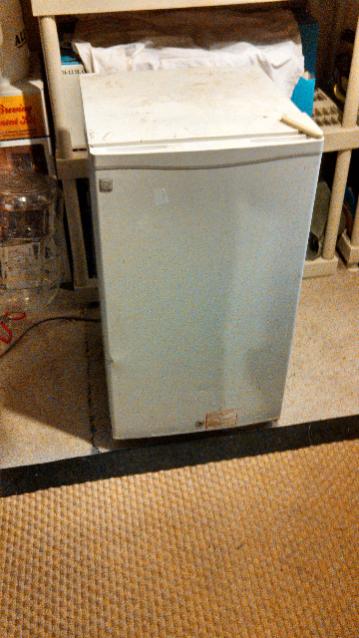NautiDogBrewingCo.
NautiDogBrewingCo
Documenting my fermentation chamber build. Thanks to all of you that have posted your builds, they were an inspiration and a guide.
I started this project yesterday and hope to complete it shortly into the new year. I used scrap wood that I had in the basement, a $10 garage sale mini fridge, silicone sealant, wood glue, and nail gun. Then I picked up foil tape and R7.5 1.5inch rigid insulation from HD. The chamber sits in the basement under my front stoop that previously was unused.
The chamber is about 24" deep, 30" wide, and 34" tall. It's more than enough room for two 6.5 gallon fermentors.
I'll use a STC-1000 for temperature control. I installed a computer fan that will circulate air whenever the compressor turns on and I plan to add a paint can light for a heating element.
Any suggestions, questions, and comments are welcome. Let me know what you think!
More pics to come!

I started this project yesterday and hope to complete it shortly into the new year. I used scrap wood that I had in the basement, a $10 garage sale mini fridge, silicone sealant, wood glue, and nail gun. Then I picked up foil tape and R7.5 1.5inch rigid insulation from HD. The chamber sits in the basement under my front stoop that previously was unused.
The chamber is about 24" deep, 30" wide, and 34" tall. It's more than enough room for two 6.5 gallon fermentors.
I'll use a STC-1000 for temperature control. I installed a computer fan that will circulate air whenever the compressor turns on and I plan to add a paint can light for a heating element.
Any suggestions, questions, and comments are welcome. Let me know what you think!
More pics to come!




















